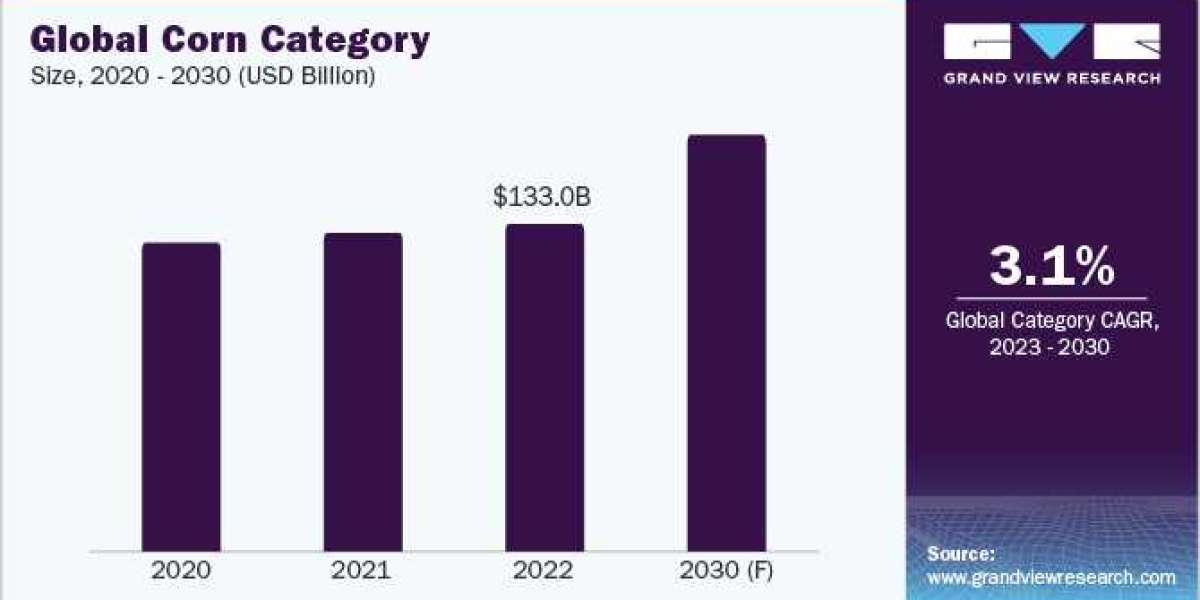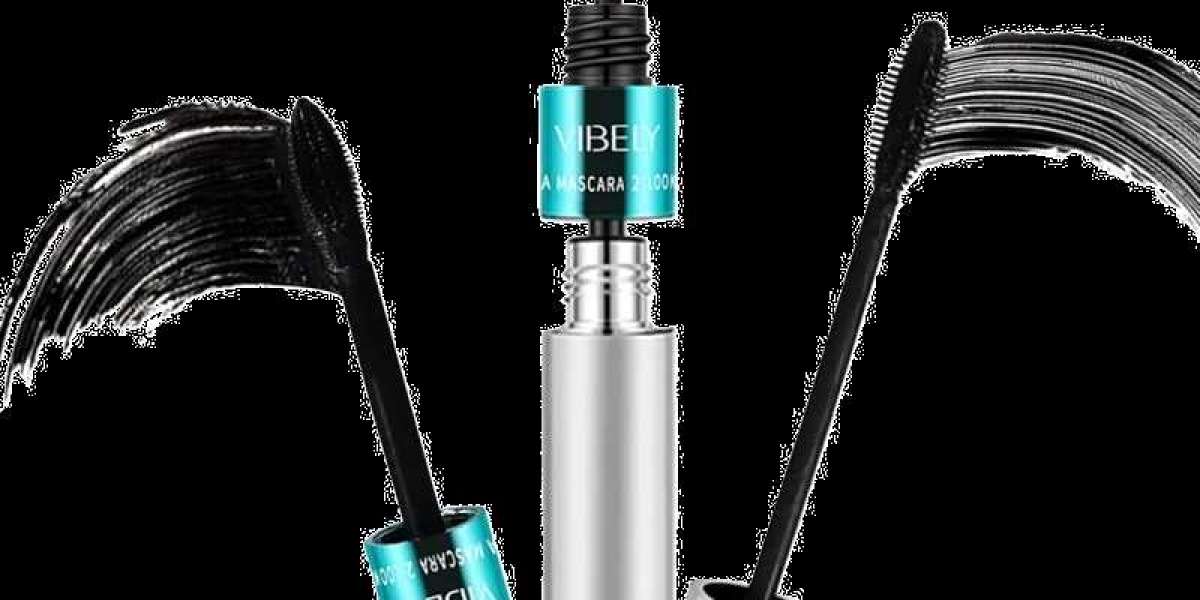Corn Procurement Intelligence
The corn category is expected to grow at a 3.1% CAGR from 2023 to 2030. The key factors driving corn demand are the rising demand for processed meals, biofuels, and animal feed. The demand for corn as a key component of animal feed is expected to expand in the coming years as global meat consumption is expected to increase. Almost all types of compound feed for animals, including ruminants, poultry, swine, and aquaculture, have corn as one of their main constituents. So, corn is frequently used to meet the rising demand for feed rations.
Production has increased as a result globally. In addition, it is used in the production of ethanol, a biofuel that can replace petrol. It is anticipated that concerns about pollution and climate change will increase demand for biofuels. Corn is a key ingredient in many processed foods, including cornflakes, corn chips, and tortillas. Because of the convenience and affordable cost associated with it, processed foods are projected to rise in popularity in the forecasted period which will further drive the growth of this category.
Companies are continuously focusing on partnering or developing their own technology. For instance,
- In July 2023, Cargill and John Deere announced a collaboration to deliver new revenue streams for farmers who adopt sustainable farming techniques. Farmers will save time, have better data accuracy, and have an increasingly up-to-date, consistent, and complete understanding of their operation.
- In October 2022, as part of the "One District, One Factory" project, Ghana's President, Nana Addo Dankwa Akufo-Addo, officially opened an ultramodern corn processing facility in Nsuta-Kwagye in the Sekyere-Central District of the Ashanti Region. The facility has state-of-the-art processing tools, including a grit milling machine, a corn drying plant, and many more.
- March 2022, the Vorceed Enlist corn rootworm (CRW) trait technology from Corteva Agriscience has been introduced. It will give farmers more alternatives than any other seed corn product for managing CRW acres.
Several technologies are utilized in the corn category to enhance production, processing, and distribution. Precision farming uses data collected from GPS, yield monitors, and soil sensors to help farmers make more informed decisions about how to manage their crops. It helps during post-harvesting as well by improving storage and processing mechanisms, such as the use of airtight storage bags to protect corn from pests and moisture. Storage and transportation technologies, such as grain silos, grain elevators, and refrigerated trucks are used to store and transport corn properly so that it does not spoil. Biotechnology has also enabled the development of genetically modified corn varieties that are resistant to pests and diseases. They can also be engineered to have higher nutritional content or to produce more ethanol for fuel.
Order your copy of the Corn procurement intelligence report 2023-2030, published by Grand View Research, to get more details regarding day one, quick wins, portfolio analysis, key negotiation strategies of key suppliers, and low-cost/best-cost sourcing analysis
Corn Category Sourcing Intelligence Highlights
- The number of both big and small businesses operating in various regions has led to significant global fragmentation of the corn category. Players engage in an intense rivalry with one another to expand their consumer base and provide superior customer service.
- Land, seeds, and transportation costaccount for the largest cost component of the corn business
- Most companies offer services such as logistics, credit where buyers can purchase without having to pay the full price upfront, and others.
Corn Procurement Intelligence Report Scope
- Corn Category Growth Rate: CAGR of 3.1% from 2023 to 2030
- Pricing Growth Outlook: 3% - 5% (Annual)
- Pricing Models: Volume-based pricing model and cost-plus pricing model
- Supplier Selection Scope: Cost and pricing, past engagements, productivity, geographical presence
- Supplier Selection Criteria: Sustainability, price, quality, reliability, flexibility, technical specifications, operational capabilities, regulatory standards and mandates, category innovations, and others.
- Report Coverage : Revenue forecast, supplier ranking, supplier positioning matrix, emerging technology, pricing models, cost structure, competitive landscape, growth factors, trends, engagement, and operating model
List of Key Suppliers
- Bayer AG
- Corteva Agriscience
- Groupe Limagrain
- Bunge
- Syngenta Group
- Satake
- Glencore
- COFCO Group
- Groupe Limagrain
- ADM
Browse through Grand View Research’s collection of procurement intelligence studies:
- Payroll Outsourcing Services Procurement Intelligence Report, 2023 - 2030 (Revenue Forecast, Supplier Ranking Matrix, Emerging Technologies, Pricing Models, Cost Structure, Engagement Operating Model, Competitive Landscape)
- Loyalty Programs Procurement Intelligence Report, 2023 - 2030 (Revenue Forecast, Supplier Ranking Matrix, Emerging Technologies, Pricing Models, Cost Structure, Engagement Operating Model, Competitive Landscape)
Brief about Pipeline by Grand View Research:
A smart and effective supply chain is essential for growth in any organization. Pipeline division at Grand View Research provides detailed insights on every aspect of supply chain, which helps in efficient procurement decisions.
Our services include (not limited to):
- Market Intelligence involving – market size and forecast, growth factors, and driving trends
- Price and Cost Intelligence – pricing models adopted for the category, total cost of ownerships
- Supplier Intelligence – rich insight on supplier landscape, and identifies suppliers who are dominating, emerging, lounging, and specializing
- Sourcing / Procurement Intelligence – best practices followed in the industry, identifying standard KPIs and SLAs, peer analysis, negotiation strategies to be utilized with the suppliers, and best suited countries for sourcing to minimize supply chain disruptions







